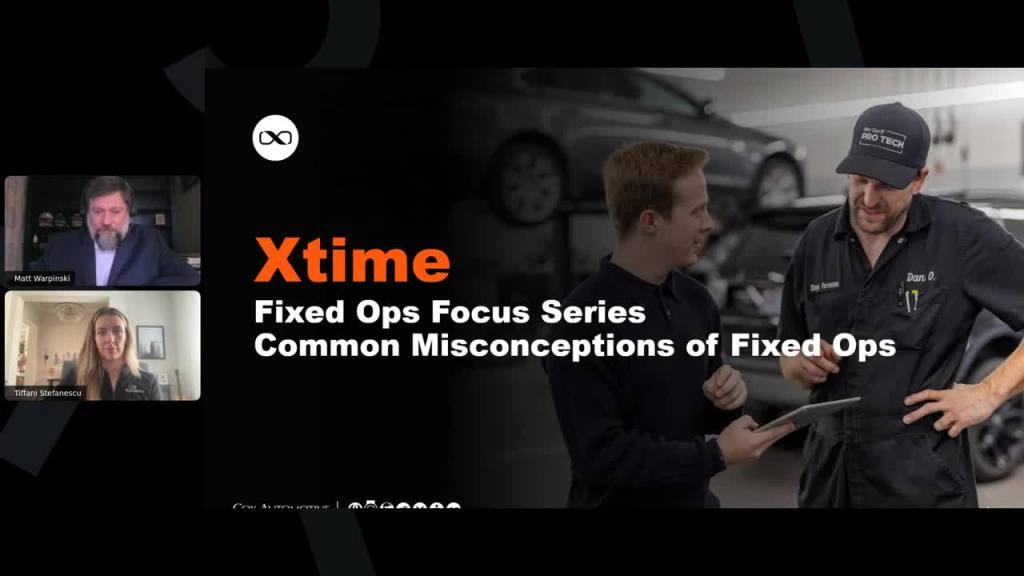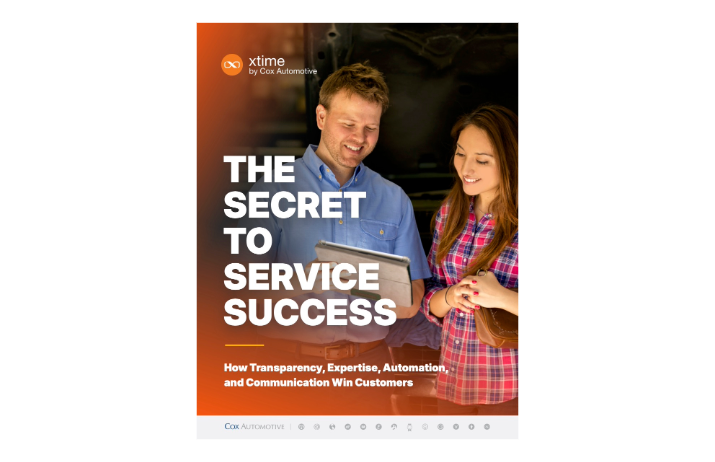Guest Expert:
Yuriy Demidko
Chief Information Officer
Fox Motors
Guest Expert: Yuriy Demidko, Chief Information Officer at Fox Motors, joins Jade Terreberry to demystify how AI and Customer Data Platforms (CDPs) are transforming automotive retail. Yuriy explains Fox Motors’ approach to multi-touch attribution, the importance of clean, enriched data, and how CDPs drive personalized engagement and operational efficiency. He shares real-world examples of AI improving lead response and customer experience, and offers practical advice for dealers on adopting new technology and preparing for the future.
Top Takeaways:
- Multi-touch attribution reveals the real buyer journey: Yuriy emphasizes that tracking every touchpoint—not just first or last click—helps dealers allocate marketing spend more effectively and avoid emotional decision-making.
- Clean, enriched data is essential for success: Fox Motors leverages CDPs to maintain data hygiene, deduplicate records, and build accurate customer profiles, enabling smarter personalization and operational efficiency.
- AI drives measurable improvements in engagement: By using AI to respond to internet leads after hours and analyze customer reviews, Fox Motors boosts customer satisfaction and uncovers new sales opportunities.
- Adoption starts with tackling micro friction points: Yuriy advises dealers to focus on solving specific operational challenges rather than overhauling entire processes, and to champion change with passionate leadership.
- Dealers must experiment and adapt to stay competitive: The key to future success is embracing technology, cleaning up data, and being willing to try, fail, and iterate—waiting risks falling irrecoverably behind.
Timestamps:
0:00 – 1:42 – Introduction
Jade Terreberry welcomes listeners and introduces guest Yuriy Demidko, Chief Information Officer at Fox Motors, previewing the discussion on AI, CDPs, and attribution in automotive retail.
1:42 – 5:59 – Multi-Touch Attribution & Weighted Engagement
Yuriy explains Fox Motors’ approach to multi-touch attribution, the importance of tracking all consumer touchpoints, and how weighted engagement formulas guide smarter marketing spend.
5:59 – 9:14 – Data Hygiene & Customer Data Platforms
Discussion shifts to the role of CDPs in maintaining clean, enriched data, building accurate customer profiles, and unlocking new revenue opportunities through personalization.
9:14 – 16:32 – AI in Dealership Operations
Yuriy shares real-world examples of AI improving lead response after hours, analyzing customer reviews for actionable insights, and driving measurable improvements in customer experience and finance sales.
16:32 – 20:36 – Technology Adoption & Change Management
Yuriy offers advice on driving operational change, emphasizing the importance of tackling micro friction points, championing new technology, and building buy-in across the organization.
20:36 – 22:16 – Preparing for the Future
Final thoughts from Yuriy on the need for clean data, willingness to experiment, and embracing technology to stay competitive in 2026 and beyond.
22:16 – 24:09 – Closing Remarks
Jade wraps up the episode, encourages listeners to connect with Yuriy, and previews upcoming content for the podcast.











